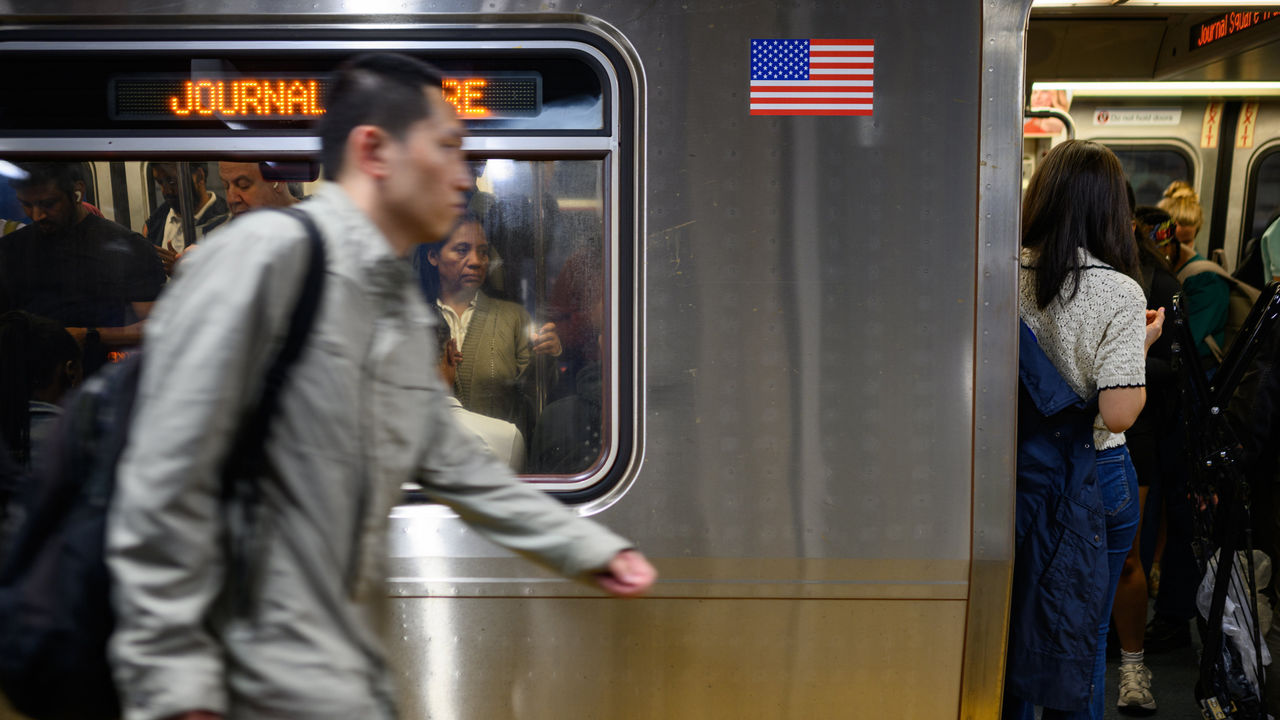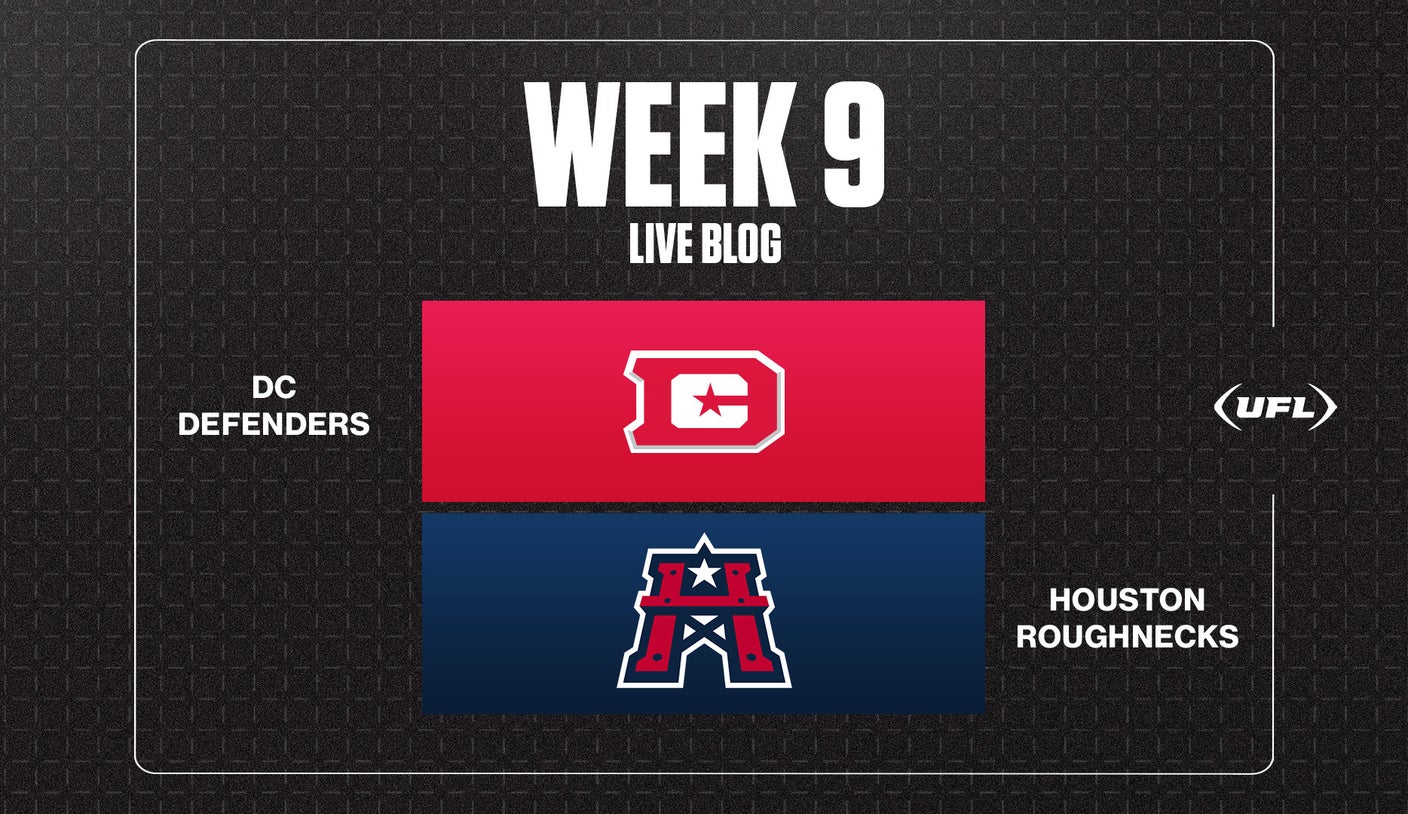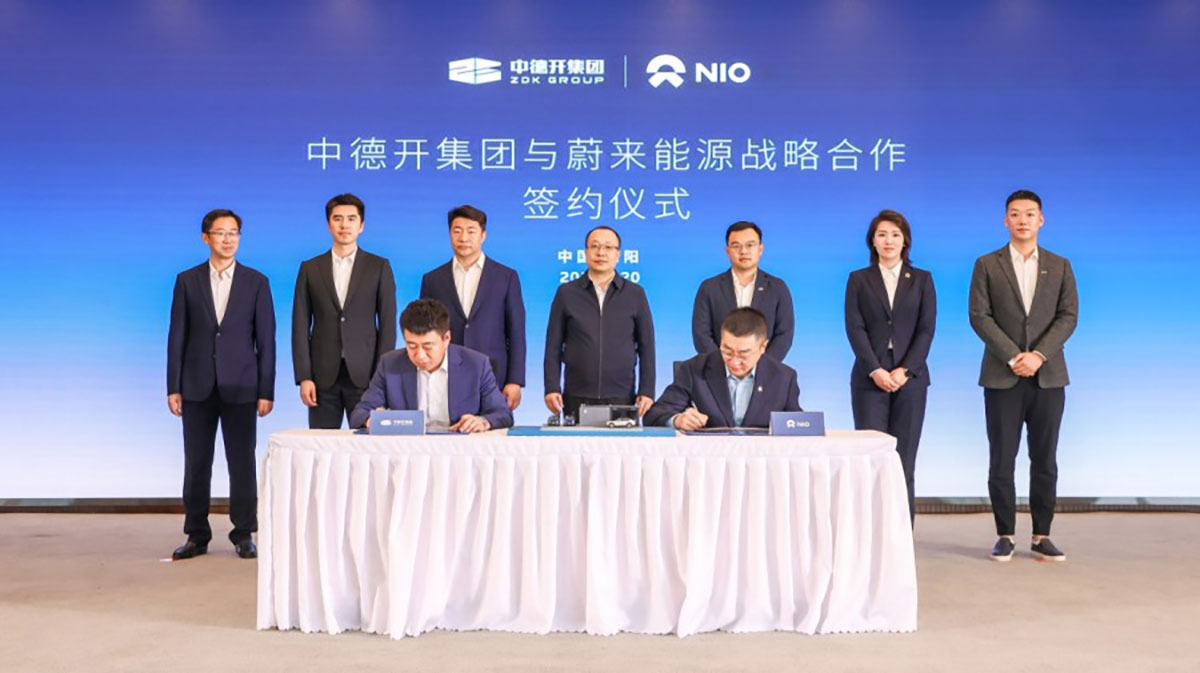Why Your Job Is Safe (For Now): The Reality Of AI And Automation

Welcome to your ultimate source for breaking news, trending updates, and in-depth stories from around the world. Whether it's politics, technology, entertainment, sports, or lifestyle, we bring you real-time updates that keep you informed and ahead of the curve.
Our team works tirelessly to ensure you never miss a moment. From the latest developments in global events to the most talked-about topics on social media, our news platform is designed to deliver accurate and timely information, all in one place.
Stay in the know and join thousands of readers who trust us for reliable, up-to-date content. Explore our expertly curated articles and dive deeper into the stories that matter to you. Visit Best Website now and be part of the conversation. Don't miss out on the headlines that shape our world!
Table of Contents
Why Your Job Is Safe (For Now): The Reality of AI and Automation
The rise of artificial intelligence (AI) and automation has sparked widespread fear about job displacement. Will robots take our jobs? The short answer is: it's complicated. While AI and automation are undeniably transforming the workplace, the reality is far more nuanced than a simple "robots vs. humans" narrative. This article delves into the current state of AI and automation, exploring which jobs are at risk, which are safe (for now), and what the future of work might hold.
The Hype vs. the Reality of AI Job Displacement
The media often paints a dramatic picture of mass unemployment caused by AI. While some jobs are vulnerable, the narrative often overlooks the complexities and limitations of current AI technology. Many AI systems are narrow in their capabilities, excelling at specific tasks but lacking the adaptability and general intelligence of humans. Think of AI powering self-driving cars – impressive, yes, but still far from replacing the multifaceted role of a taxi driver or delivery person entirely.
Jobs Most Vulnerable to Automation:
Certain job roles are indeed more susceptible to automation than others. These often involve repetitive, data-heavy tasks:
- Data entry clerks: AI-powered systems can process and input data far more efficiently than humans.
- Telemarketers: AI chatbots are increasingly capable of handling customer interactions.
- Factory assembly line workers: Robots are already widely used in manufacturing, performing repetitive assembly tasks.
- Truck drivers (partially): Self-driving technology is advancing rapidly, potentially impacting long-haul trucking in the future.
It's crucial to remember that even in these high-risk areas, complete automation is rarely immediate. The transition often involves augmentation – humans and AI working together, with AI handling routine tasks and humans focusing on more complex aspects of the job.
Jobs Relatively Safe (For Now):
Many jobs require uniquely human skills that are difficult for AI to replicate:
- Healthcare professionals: While AI can assist with diagnosis and treatment, the human touch and nuanced decision-making of doctors, nurses, and therapists remain essential.
- Educators: The ability to connect with students, adapt to individual needs, and inspire learning is currently beyond the capabilities of AI.
- Creative professionals: Writers, artists, musicians, and designers rely on imagination, creativity, and emotional intelligence – areas where AI currently lags significantly.
- Social workers and therapists: Empathy, emotional intelligence, and complex interpersonal skills are crucial for these roles.
- Management and leadership roles: Strategic thinking, problem-solving in unpredictable situations, and team management are uniquely human skills.
The Future of Work: Adaptation and Upskilling
The key to navigating the changing landscape of work is adaptation. Instead of fearing AI, we should embrace its potential to augment human capabilities. This means:
- Lifelong learning: Continuously acquiring new skills and knowledge is crucial to remaining competitive in the evolving job market. Consider online courses, workshops, and professional development opportunities.
- Upskilling and reskilling: Developing skills in areas complementary to AI, such as critical thinking, problem-solving, and emotional intelligence, will be increasingly important.
- Embracing technological advancements: Familiarizing yourself with AI and automation tools can enhance your productivity and open up new career opportunities.
Conclusion:
While AI and automation are reshaping the workplace, the future of work isn't a dystopian scenario of mass unemployment. Instead, it's an opportunity for adaptation, innovation, and the creation of new, exciting job roles. By embracing lifelong learning and developing skills that complement AI, individuals can secure their place in the future of work. The key is to focus on uniquely human qualities and adapt to the changing demands of the job market. The narrative should be less about fearing job displacement and more about embracing the collaborative potential between humans and AI.

Thank you for visiting our website, your trusted source for the latest updates and in-depth coverage on Why Your Job Is Safe (For Now): The Reality Of AI And Automation. We're committed to keeping you informed with timely and accurate information to meet your curiosity and needs.
If you have any questions, suggestions, or feedback, we'd love to hear from you. Your insights are valuable to us and help us improve to serve you better. Feel free to reach out through our contact page.
Don't forget to bookmark our website and check back regularly for the latest headlines and trending topics. See you next time, and thank you for being part of our growing community!
Featured Posts
-
 Ufl Week 9 A Play By Play Of The Defenders Vs Roughnecks Game
May 28, 2025
Ufl Week 9 A Play By Play Of The Defenders Vs Roughnecks Game
May 28, 2025 -
 The Post Ohtani Era Blue Jays Giants Cubs And Angels Paths To An Mlb Championship
May 28, 2025
The Post Ohtani Era Blue Jays Giants Cubs And Angels Paths To An Mlb Championship
May 28, 2025 -
 Electric Vehicle Boost Nio Adds 100 Battery Swap Stations In Northeast China
May 28, 2025
Electric Vehicle Boost Nio Adds 100 Battery Swap Stations In Northeast China
May 28, 2025 -
 Escape To Europe Where Americans Are Flocking In Record Numbers
May 28, 2025
Escape To Europe Where Americans Are Flocking In Record Numbers
May 28, 2025 -
 Unexpected Results Uncommon Statistics Dominating The 2023 College Football Regular Season
May 28, 2025
Unexpected Results Uncommon Statistics Dominating The 2023 College Football Regular Season
May 28, 2025
